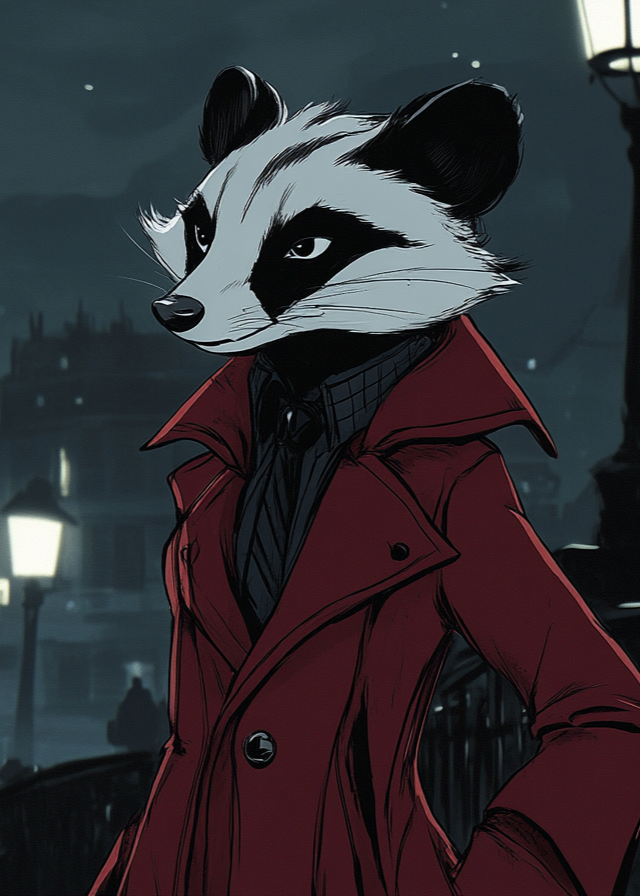I forced a casual nod, but my mind was racing. A body in the basement? No wonder the cops were here in force. Millie had been looking for her uncle’s stash, but now it looked like she was digging up something much darker.
“Any idea who the tip came from?” I asked, keeping my tone light.
“Anonymous,” Grayfur grunted, eyes narrowing. “But I don’t buy it. Whoever tipped us off knew exactly what we’d find. Somebody wanted us here.”
"Any suspects?"
Grayfur eyed me. I could tell his patience was wearing thin. We'd helped each other out for years. Not friends, exactly, but associates. But his willingness to talk would only go so far.
"One. Name's Rusty. Muscle for hire. Didn't think him the hired gun type though."
Rusty. That might explain what he'd been doing here last night. Trying to cover up any evidence that might lead the cops back to him.
I glanced at the house, my thoughts turning to Millie. She’d been cagey from the start, always one step ahead but never quite telling me the whole story. The map, the key, the safe—it had all lined up too neatly.
And now, a body buried in the basement? Rusty as the prime suspect? The pieces were starting to paint a picture, but I couldn't quite tell which way was up and which way was down. It was more of a Picasso than a Monet.
Taking a deep breath, I put a friendly look on my face. “I know you've the place locked down, but since I'm already here... you want me to take a look? See if anything jumps out at me?”
Grayfur scowled.
"If I don't find anything, I'll owe you one," I said quickly, before he could say no. "Been a while since I helped out an active investigation."
"The answer is no," Grayfur grunted at me. Then he leaned in and muttered. "Don't tough anything, you hear? And stay away from the basement. Forensics still at it."
Abruptly, he strode away, hollering at one of his colleagues for an update.
Casting an eye to make sure no one was watching, I slipped under the tape and stepped back into the house’s gloomy interior. It was a hive of activity, with cops dusting for prints and taking measurements, but my focus was elsewhere. I moved quickly, keeping to the edges, and trying to look like I belonged.
I made my way to the stairs leading up to the hidden study. No one paid me much attention; they were too busy poking through the wreckage of the past.
The study door was open, just as we’d left it. Cops were too busy with the basement and the mess downstairs to bother with this dusty little room. The safe sat in the corner, silent and waiting, like a time capsule of secrets no one was supposed to find. I reached into my pocket, claws wrapping around the cold brass of the key. Without hesitation, I slid it into the lock.
The safe opened with a reluctant creak, and inside, nestled among the dust and shadows, were two things: a small velvet pouch and a dark, polished case. I hesitated before reaching in, my heart beating slow and heavy in my chest.
I pulled out the pouch first, the fabric worn but still rich to the touch. I could feel the weight of it, heavier than I’d expected. I loosened the drawstring and peeked inside, catching the glimmer of jewels—rubies, emeralds, and a string of pearls that looked like they’d been pulled straight out of a grand heist. They were worth a fortune, no doubt about it.
I slipped the jewels into my pocket and reached back into the safe, claws brushing against the smooth, cold surface of the case. It was simple but elegant, the kind you’d expect to hold something precious—or dangerous. As I lifted it out, I noticed a name engraved on the front: Melinae Brock.
Millie.
This wasn’t just any case; this was hers.
A chill crawled up my spine. I flipped open the latch and raised the lid. Inside, resting on faded velvet, was a pistol—small, unassuming, but deadly. Its barrel was scratched, and there, just near the trigger, was a faint, dried smear of blood.
It hit me like a punch to the gut. This wasn’t just about her uncle’s secrets. This was about Millie. She wasn’t here to find some lost treasure; she was here to cover up something much worse. She’d dragged me into this house of horrors to tie up loose ends, and I’d played right into her claws.
I stared at the gun, the faint scent of old oil and gunpowder filling my nose. The pieces fell into place, each one darker than the last.















